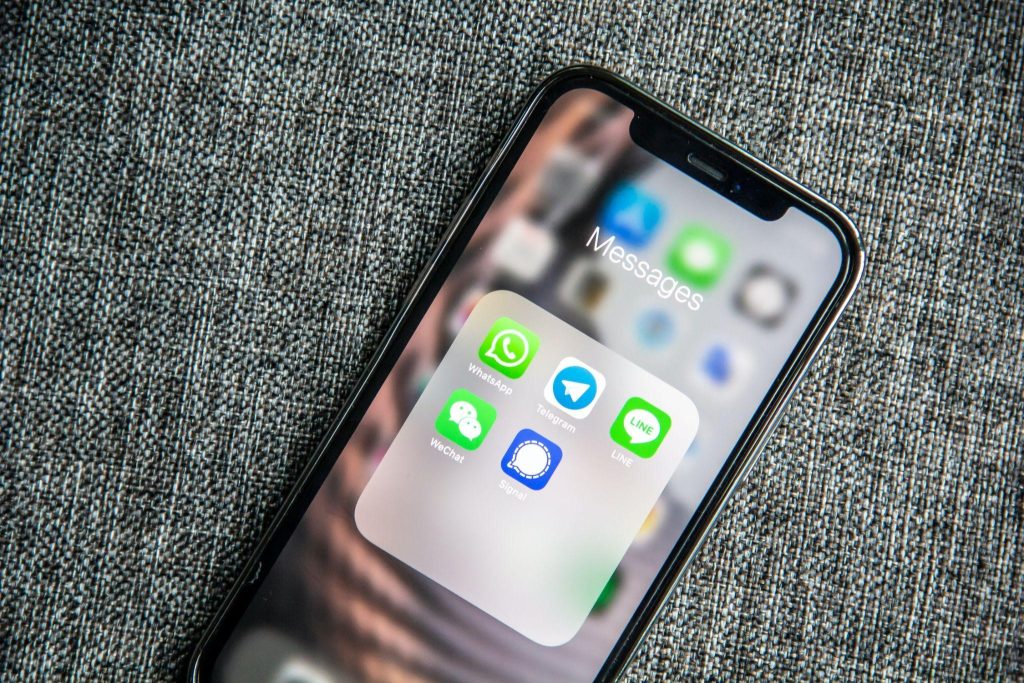Omnichannel communication refers to how e-commerce companies communicate with their clients across platforms. The ultimate goal is to create a seamless user experience for your demographic so they get the information via the channel they want. We’ll examine why omnichannel communication is important to building a brand today, how to integrate your channels, and why it pays to personalize your messaging.
What Is Omnichannel Communication?
Omnichannel messaging is ultimately an exercise in branding. E-commerce companies must first understand how their target demographic thinks and what they want to see from the brands they engage with. Every touch point should have a similar theme, from websites to emails to live chat to short messaging service, aka SMS. Note this does not mean having the same content for every touch point, only that the content has a consistent look, feel, and message to the customer.
It can also simplify what you have to say. Omnichannel messaging is all about stripping down your content so the clients get a condensed package of what your company does. Whether you want to differentiate your company based on environmental awareness or lower prices, you can use omnichannel software to strengthen the customer’s takeaway.
Benefits of the Omnichannel Approach
When you use an omnichannel approach correctly, you give your clients something to remember you by. For it to be effective, the messaging needs to come across at every turn. For instance, Apple spends billions of dollars to ensure clients consider their products to be sleek, intelligent, and savvy. Whether you visit the brand’s website or Facebook page, content is carefully curated to represent these ideals. Its staff members are called geniuses when clients sign up for an appointment, and it cultivates a futuristic aesthetic for its content to drive the point home.
How To Craft Your Communication
Omnichannel e-commerce marketing starts with comprehensive data collection. Luckily, you don’t need a big budget to do this. A centralized communication hub lets you see how your content comes across on each channel. Again, this doesn’t mean repeating the same content, only that the connection between your website’s information and your emails and social media posts should be clear.
With the right omnichannel software, you can collect data to help you decide your next moves. For instance, maybe your clients engage with you far more on LinkedIn than on Instagram. Or your emails are getting lost in spam folders because the language is too promotional. Once you’ve tried a few things for your omnichannel e-commerce strategy, it’s easier to integrate your channels for consistency across the board.
Personalized Messaging and Content
Omnichannel messaging and content follow the same trend as nearly every other marketing tenet: The goal is to send information that is as relevant to the consumer as possible. Ideally, you don’t want to simply tell your customer about your half-off sale. Instead, you want to tell them that the dress they were looking at is now half off, and it’s likely to stay that way for a while. Mitto, an omnichannel software provider, understands this can be challenging. The features of these tools need to have flexibility built in, so enterprises can connect with clients.
Standing out online takes more than just a great e-commerce idea. You must be able to send those ideas out to clients in multiple ways. Omnichannel approaches aren’t just practical; they’re one of the best ways to boost your profits.

